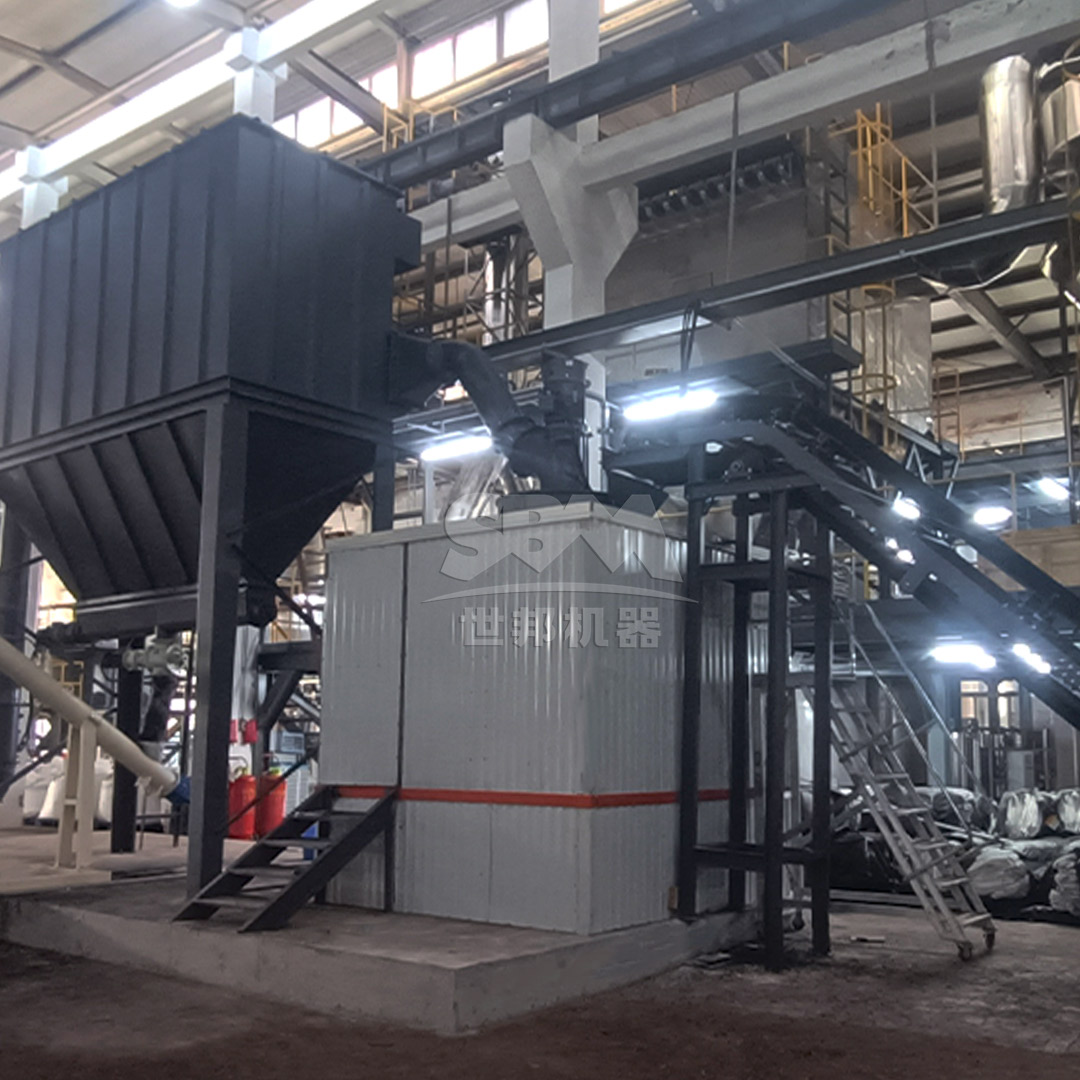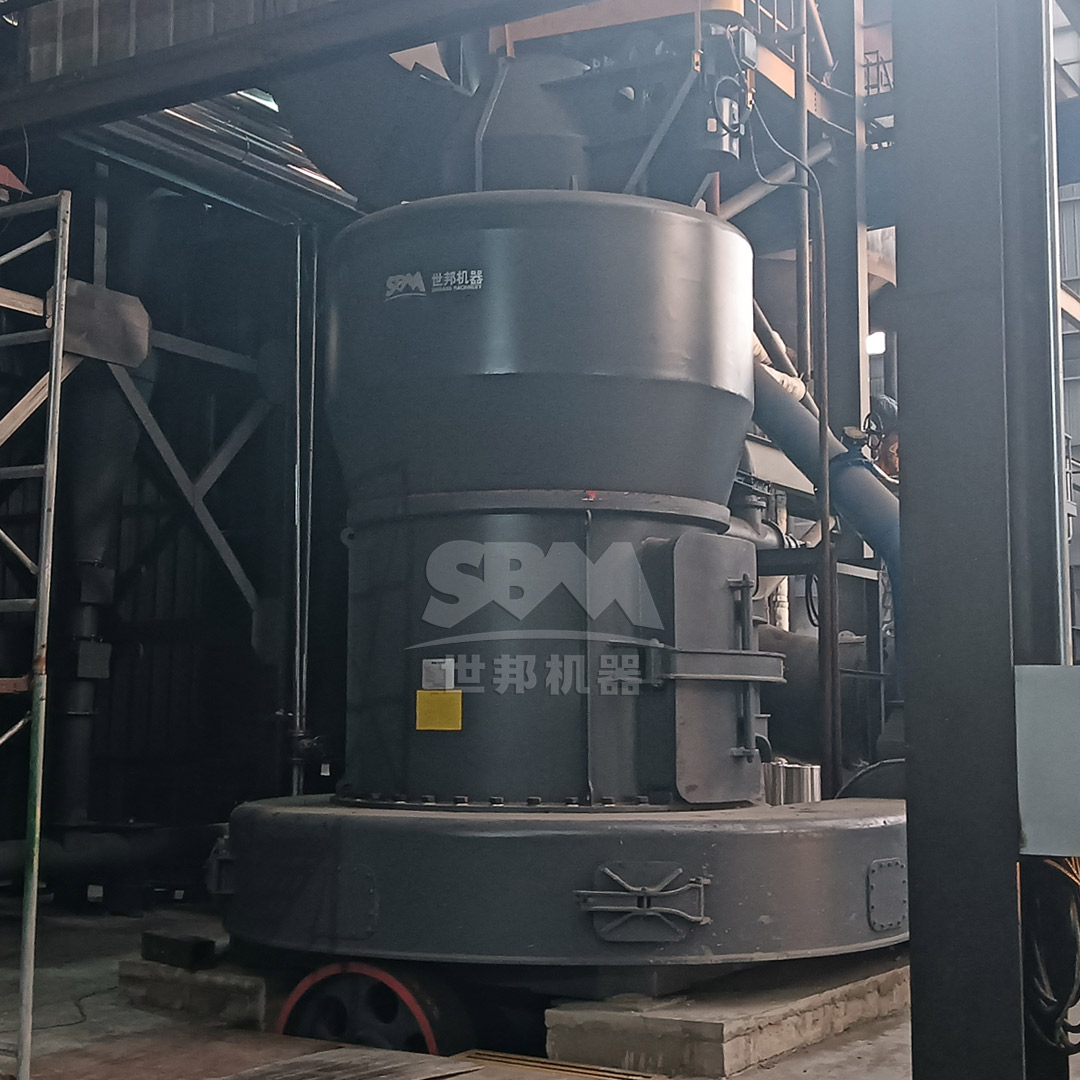The automotive coatings industry demands talc powders with exceptional fineness, uniformity, and chemical stability to enhance paint durability and surface finish. This article explores advanced optimization strategies for talc powder production lines, with a focus on achieving the stringent specifications required for high-performance automotive applications.
| Parameter | Standard Range | Premium Grade |
|---|---|---|
| Particle Size (D97) | 5-15μm | ≤5μm |
| Whiteness | ≥90% | ≥95% |
| Oil Absorption | 20-35g/100g | 18-25g/100g |
Optimization begins with raw material selection and extends through the entire production chain:

For achieving the sub-5μm particle sizes demanded by premium automotive coatings, we recommend our SCM Ultrafine Mill series. This system combines German engineering with proprietary grinding technology to deliver:
| Model | Capacity (t/h) | Power (kW) | Fineness (mesh) |
|---|---|---|---|
| SCM800 | 0.5-4.5 | 75 | 325-2500 |
| SCM1000 | 1.0-8.5 | 132 | 325-2500 |
| SCM1680 | 5.0-25 | 315 | 325-2500 |

A complete optimized system combines multiple technologies:
The integrated system achieves:

By implementing advanced grinding technologies like the SCM Ultrafine Mill and MTW Series Trapezium Mill, manufacturers can produce talc powders that meet the exacting standards of automotive coating formulations. These systems provide the necessary combination of precision, efficiency, and scalability required for competitive production in this demanding sector.
For operations requiring medium-fineness grinding (30-325 mesh) prior to ultrafine processing, our MTW Series Trapezium Mill offers exceptional value with its patented curved duct design and wear-resistant components, achieving 20% higher throughput than conventional mills in its class.